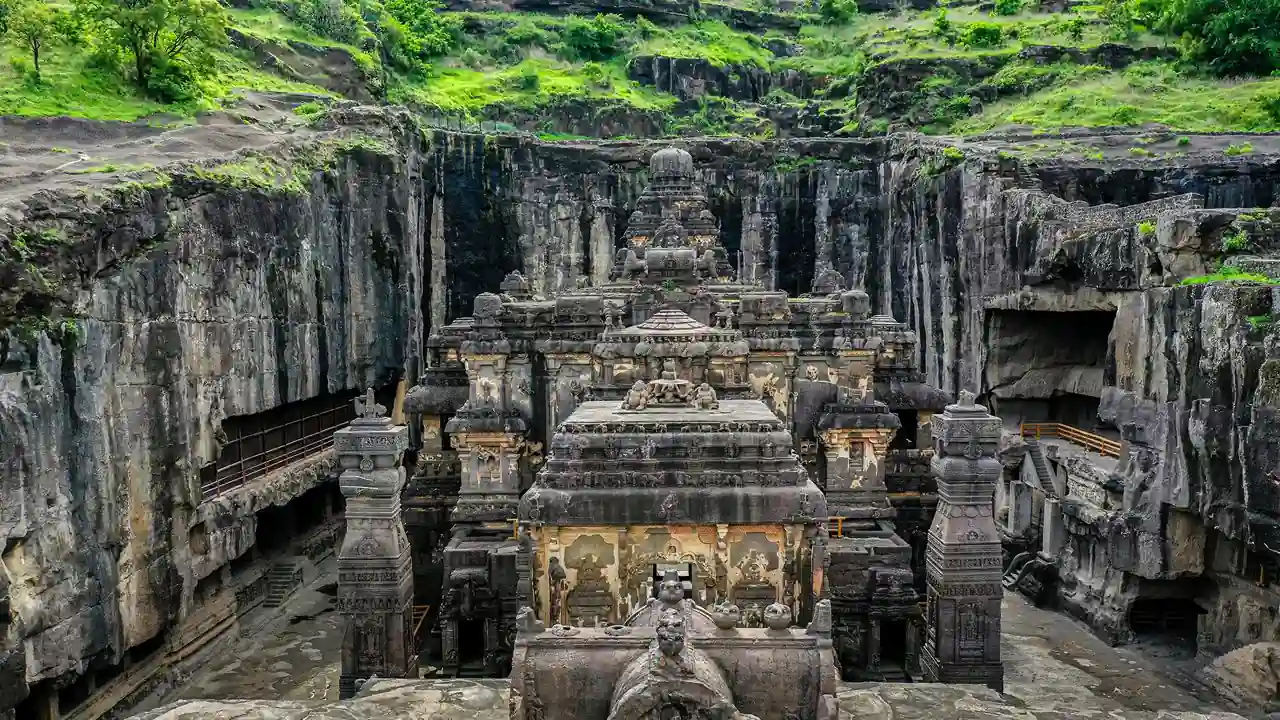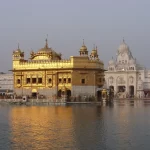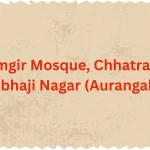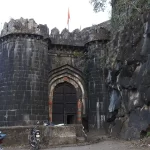Ajanta Caves Aurangabad – A Comprehensive Guide (Timings, Entry Fee, History & More)
Ajanta Caves Aurangabad: Timings, Entry Fee, History, How to Reach & Travel Tips
Explore Ajanta Caves Aurangabad with this detailed guide. Discover timings, entry fees, history, architecture, and insider tips for your visit.
Introduction to Ajanta Caves: A Journey Through Time
The Ajanta Caves, nestled in the lush hills of Maharashtra, are a mesmerising blend of art, spirituality, and history. Carved into a horseshoe-shaped gorge near Aurangabad, these 30 rock-cut Buddhist caves date back to the 2nd century BCE. Recognised as a UNESCO World Heritage Site, they offer a window into ancient India’s artistic brilliance and Buddhist traditions. Whether you’re a history buff, art lover, or curious traveler, Ajanta promises an unforgettable experience.
Exploring the Ancient Beauty of Ajanta Caves
Exploring the Ajanta Caves – A Journey Through Ancient Buddhist Art
The Timeless Allure of the Ajanta Caves
Nestled in the lush Sahyadri Hills of Maharashtra, India, the Ajanta Caves are a breathtaking testament to human creativity and spiritual devotion. Carved into a 75-meter horseshoe-shaped rock face, these 30 rock-cut Buddhist caves date back to the 2nd century BCE and stand as one of the finest examples of ancient Indian art. Recognised as a UNESCO World Heritage Site, Ajanta mesmerises visitors with its intricate sculptures, vibrant murals, and profound historical legacy. Whether you’re a history buff, art enthusiast, or spiritual seeker, Ajanta promises an unforgettable journey into India’s golden past.
A Glimpse into the Ajanta Caves’ History
The Ajanta Caves were crafted in two distinct phases:
👉 The Hinayana Phase (2nd century BCE – 1st century CE): Early caves (like Caves 9 and 10) focused on stupa worship and lacked elaborate Buddha statues.
👉 The Mahayana Phase (5th–6th century CE): Later caves (Caves 1, 2, 16, 17) overflow with intricate carvings of Buddha, Bodhisattvas, and celestial beings.
For centuries, Ajanta served as a sanctuary for monks during monsoon retreats and a pitstop for traders on the ancient Silk Road. By the 7th century, the caves faded into obscurity, only to be rediscovered in 1819 by British officer Captain John Smith during a tiger hunt.

Architectural Marvels: Viharas, Chaityas, and Artistic Brilliance
The Ajanta Caves blend monasteries (viharas) and prayer halls (chaityas) into a single complex:
👉 Chaityas (e.g., Caves 9, 10, 19, 26): Halls with vaulted ceilings, stupas, and processional paths for meditation.
👉 Viharas (e.g., Caves 1, 2, 16): Residential quarters adorned with pillared verandas, monastic cells, and stunning murals.
Artistic Highlights:
👉 Murals: Over 20 painted caves depict Jataka tales (stories of Buddha’s past lives), royal processions, and celestial nymphs. The “Padmapani” and “Vajrapani” Bodhisattvas in Cave 1 are iconic.
👉 Sculptures: The 3.3-meter-tall Buddha statue in Cave 26 and the serene “Dying Princess” fresco in Cave 16 showcase unmatched craftsmanship.
Rediscovery and Global Recognition
Ajanta Caves UNESCO, Captain John Smith
Lost under thick jungle foliage for 1,400 years, Ajanta’s accidental rediscovery by Captain Smith sparked global fascination. UNESCO declared it a World Heritage Site in 1983, praising its role in shaping Buddhist art across Asia.
Why Visit Ajanta Caves?
✦ UNESCO World Heritage Site: Celebrated for ancient Buddhist art.
✦ Stunning Architecture: Rock-cut chaityas (prayer halls) and viharas (monasteries).
✦ Vibrant Murals: Depicting Buddha’s life and Jataka tales.
✦ Cultural Immersion: A peek into India’s spiritual and artistic past.
Also Read
Jalgaon- History, Architecture, Travel Guide & More
Ready to step into history? Plan your trip to Ajanta Caves today!
Ajanta Caves Timings & Entry Fee
Timings: 9:00 AM – 5:00 PM (Closed Mondays)
Entry Fee:
✦ Indians: ₹35 | SAARC Nationals: ₹35 | Foreigners: ₹550
✦ Camera: ₹35 (No flash allowed)
Guided Tours: Available in English, Hindi, and Marathi (₹500–₹800).
Pro Tip: Arrive early to avoid crowds and midday heat.
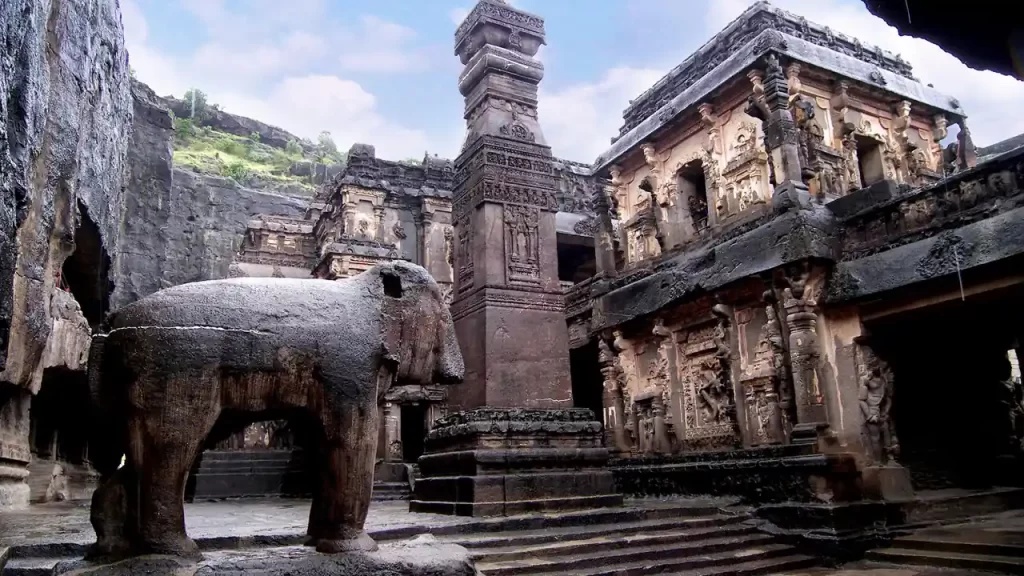
History of Ajanta Caves: From Creation to Rediscovery
The caves were built in two phases:
👉 Satavahana Era (2nd century BCE): Simple chaityas for Buddhist monks.
👉 Vakataka Dynasty (5th–6th century CE): Lavish sculptures and murals under King Harishena.
Rediscovery: British officer John Smith stumbled upon Cave 10 during a tiger hunt in 1819. Overgrown by forests, the caves were later restored and studied, revealing their global significance.
Did You Know? The caves were abandoned by 650 CE and forgotten until the 19th century!
Architectural Marvel: Design & Layout
Carved into volcanic basalt rock, the caves showcase:
✦ Chaityas: Prayer halls with stupas and vaulted ceilings (e.g., Cave 9 and 10).
✦ Viharas: Monasteries with cells for monks (e.g., Cave 1 and 16).
✦ Murals & Sculptures: Natural pigments like red ochre and lapis lazuli were used for intricate frescoes.
Must-See Caves:
✦ Cave 1: Iconic seated Buddha statue.
✦ Cave 2: Vibrant ceiling paintings of lotus motifs.
✦ Cave 26: Dramatic sculpture of Buddha’s Parinirvana.
Planning Your Visit: How to Reach Ajanta Caves
Nearest City: Aurangabad (100 km).
Location: Aurangabad District, Maharashtra (350 km from Mumbai).
Options:
🎯By Air: Aurangabad Airport (flights from Mumbai/Delhi).
🎯 By Rail: Jalgaon Station (60 km away; frequent trains from Mumbai/Pune).
🎯 By Road: Well-connected via buses/taxis from Mumbai, Pune, or Aurangabad.
✦ From Aurangabad: 2.5-hour drive via NH52.
✦ From Mumbai: 9-hour drive or overnight bus.
Shuttle Service: Electric buses ferry visitors from the parking lot to the caves (₹20/person).
Pro Tip: Combine your trip with the Ellora Caves (100 km away) for a deeper dive into India’s cave architecture.
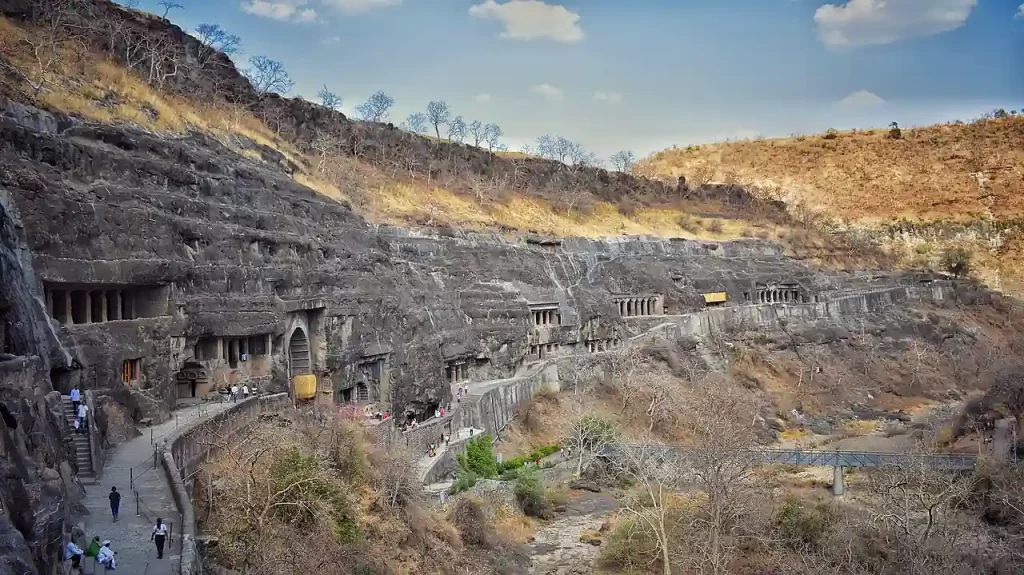
Why Ajanta Caves Stand Apart from Ellora
Ajanta vs Ellora Caves
While both are UNESCO sites, Ajanta is exclusively Buddhist and renowned for paintings, whereas Ellora (600–1000 CE) features Hindu, Jain, and Buddhist monuments. Ajanta’s intimate scale and ancient aura make it a quieter, reflective experience.
Preserving Ajanta: Challenges and Efforts
Human breath, humidity, and flash photography threaten the fragile murals. Authorities now limit visitor numbers, ban flash photography, and use LED lighting to protect the art.
Best Time to Visit Ajanta Caves
✦ Winter (Nov–Feb): Pleasant weather (15–25°C).
✦ Monsoon (Jul–Sep): Lush greenery but slippery paths.
✦ Avoid summer (Apr–Jun): Due to extreme heat.
Golden Hour: Visit at sunrise or sunset for magical lighting on the caves.
Things to Do at Ajanta Caves
👉 Guided Cave Tours: Decode symbols in the murals.
👉 Photography: Capture the play of light on sculptures (tripods prohibited).
👉 Trekking: Hike to the Viewpoint for a panoramic vista.
👉 Local Cuisine: Try Maharashtrian dishes like Misal Pav at nearby stalls.
Insider Tip: Combine your trip with Ellora Caves (100 km away) for a dual heritage experience.
Visitor Tips for Ajanta Caves
✦ Footwear: Wear sturdy shoes; pathways are uneven.
✦ Dress Code: Modest clothing recommended.
✦ Facilities: Limited restrooms; carry water and snacks.
✦ Accessibility: Not wheelchair-friendly due to stairs.
FAQs About Ajanta Caves
Are guides available at the site?
Yes, certified guides offer 2-hour tours (₹500–₹800).
Can we stay overnight near Ajanta?
MTDC Holiday Resort offers budget stays (2 km away).
Is photography allowed?
Yes, but flash and tripods are prohibited.
Conclusion: Ajanta Caves – A Testament to Human Ingenuity
Step into a Living Museum of Ancient India
The Ajanta Caves are more than ancient ruins; they’re a living chronicle of India’s spiritual and artistic legacy. From the delicate brushstrokes of murals to the serene Buddha statues, every corner tells a story. Whether you’re marveling at Cave 1’s grandeur or tracing the Jataka tales in Cave 17, Ajanta leaves visitors awestruck.
The Ajanta Caves are more than relics—they’re a bridge to an era where art and spirituality intertwined seamlessly. From the hauntingly beautiful frescoes to the whispers of monks who once meditated here, Ajanta offers a soul-stirring journey.
Inspired? Book your Aurangabad trip now and witness history come alive!
Ready to explore? Book your Maharashtra heritage tour today and witness the magic of Ajanta and Ellora!
Sources
2. UNESCO
3. Wikipedia
4. UNESCO World Heritage Centre: [Ajanta Caves]
5. Archaeological Survey of India (ASI)
6. “The Ajanta Caves: Ancient Paintings of Buddhist India” by Benoy K. Behl
Image Credit
Incredible India – Chhatrapati Sambhaji Nagar, Ajanta Caves
Wikimedia Commons – Curve of Ajanta Caves-Aurangabad-Maharashtra
For more information, you can visit our website: ExploreXP
- Arrah, Bihar: A Comprehensive Travel and Cultural Guide
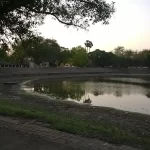
- Aranya Devi Temple – Arrah, Bihar: Where Mythology Meets Modern Devotion

- Anjaneri Hill – Nashik, Maharashtra: Where Myth Meets Majesty
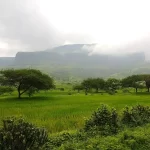
- Anand Sagar, Shegaon, Maharashtra – A Spiritual Oasis Blending Serenity & Adventure
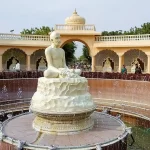
- Aga Khan Palace – Pune’s Monument of Freedom and Legacy
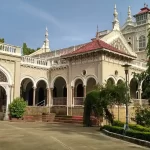
- Attari Sham Singh Railway Station – A Historic Gateway to Punjab’s Heritage

